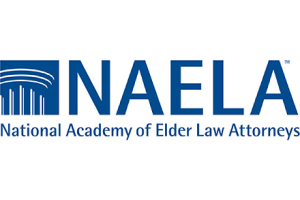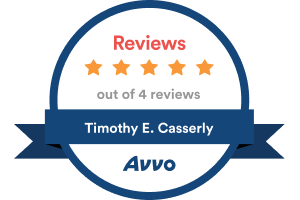LEGAL UPDATE FOR VETERANS AND FAMILY MEMBERS
Recent Changes to Aid and Attendance Benefits
The United States Department of Veterans Affairs (the “VA”) implemented new regulations, effective October 18, 2018, affecting financial eligibility requirements for what are commonly known as Aid and Attendance benefits. The VA provides financial assistance for those veterans, or their surviving spouses, who meet the eligibility requirements to pay for necessary care at home or care in an assisted living facility.
The general requirements for eligibility, for veterans or surviving spouses, remain consistent, including:
- The veteran or surviving spouse must be at least 65 years of age or certified disabled;
- The veteran must be considered a “wartime veteran,” meaning he or she served at least 90 days during wartime dates as recognized by the VA (though not necessarily in combat);
- The veteran cannot have been dishonorably discharged;
- For Aid and Attendance benefits, the veteran or surviving spouse must require assistance with the activities of daily living; and
- An applying surviving spouse must have been living with the veteran at the time of the veteran’s death, and single at the time of claim.
The prior financial eligibility requirements were based upon multiple factors, which occasionally resulted in inconsistent determinations for similar applicants. To increase consistency, the VA has implemented a new bright-line net worth limit for “countable assets” which will apply to all applicants. Effective December 1, 2018, this net worth limit is $127,061.00. Under the new rules, “countable assets” will generally include the assets and annual gross income of the claimant, and the veteran’s spouse (even if not living together). Some additional factors involving other members of the household may apply as well.
“Countable assets” are subject to certain important exclusions. The claimant’s primary residence, including a residential lot of up to two (2) acres, is not a countable asset, even if the claimant lives outside the home in a nursing home, another qualified care facility, or the home of a family member for health reasons. Additionally, the value of personal effects “suitable to and consistent with a reasonable mode of life” are excluded, such as appliances and family transportation vehicles.
Annual gross income can be reduced by unreimbursed medical expenses (“UMEs”), which are deductible to the extent that they exceed five percent (5%) of the applicable Maximum Annual Pension Rate (“MAPR”). Medical expenses qualify as deductible UMEs where they are (1) medically necessary, (2) improve a disabled person’s functioning, or (3) prevent, slow, or ease an individual’s functional decline. Should they meet one of these requirements, UMEs include payments to health care providers, prescription and non-prescription medications, and payments for adaptive services, including certain payments for service animals. Assets can be similarly reduced by UMEs, but deductions from these expenses will be applied to annual income before they are applied to assets.
Importantly, the VA has also implemented a 36-month look-back period. Any assets transferred within the previous 36 months for less than fair market value will contribute toward a penalty period of up to five (5) years. This penalty period will be calculated by dividing the total amount transferred by the MAPR at the time of the application. Effective December 1, 2018, the MAPR for a veteran with one dependent is $26,766.00/year, or $2,230.00/month.
It is important to note that these new rules are not retroactive prior to October 18, 2018. Future increases to the net worth limit will track the annual Cost-of-Living Adjustment (“COLA”) as promulgated by the Social Security Administration (“SSA”).
Veterans and their families will continue to be well-served by advanced planning to account for both perceived and potential needs in the future. The new regulations will need to be accounted for in any planning scenario, as their impact will have a significant effect on one’s eligibility for Aid and Attendance benefits.









